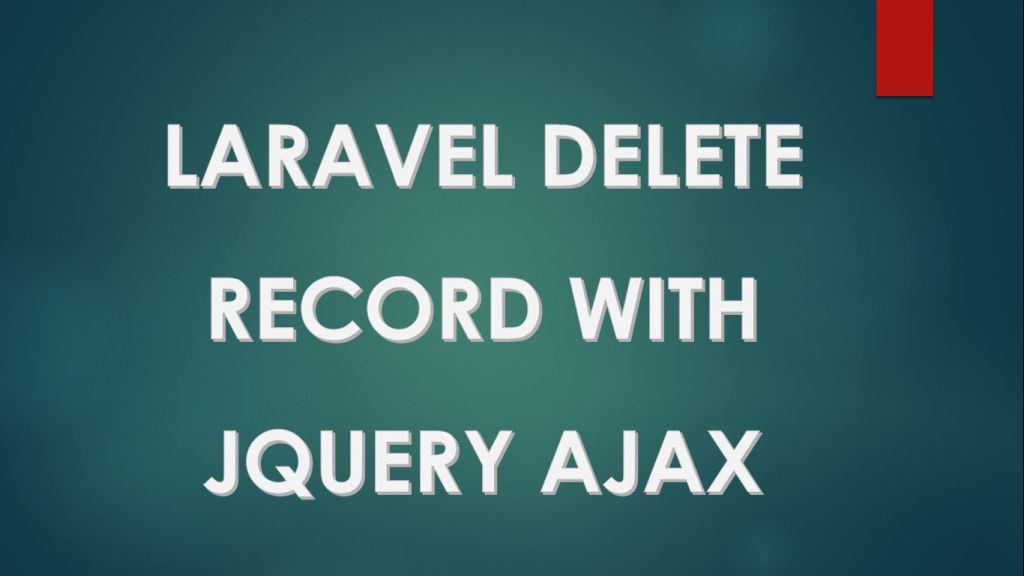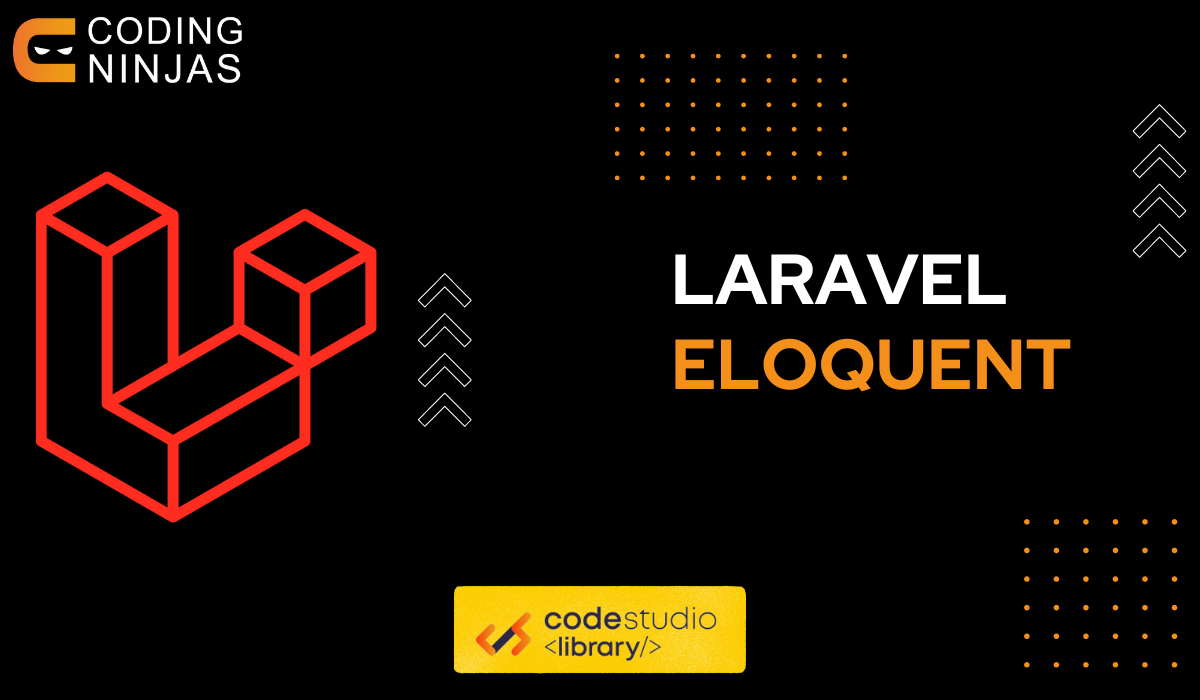
#Laravel eloquent delete how to
If you happen to find yourself thinking about how to delete a model and its relations to a level greater than 3 or 4 nested relations, then you should consider redefining your model's relationships. This takes care of deleting the model’s relations for you: e.g.

It’s better to use onDelete cascade when defining your model’s migration. Thus it’s better to delegate the delete action to a Queue running on a CRON job. Deleting a model this way can slow down the application’s response especially when the model has a lot of dependencies you wish to delete alongside. This approach works where you have several related models up/down the tree of a given model. In our TasksController, let’s return a view like this.
#Laravel eloquent delete code
Looking at the code snippets above from Github embed, you’ll see that we defined a deleting listener on Post’s boot method to enable us to delete a post’s comments. Continuing right where we left off, let’s create the page where we’ll actually perform this action. To get access to the listener, you need a handle on the Eloquent model to achieve this. Eloquent Model delete/deleting events are not triggered on a where (. The line below will not fire Eloquent model events, meaning that we do not have access to the deleting listener. Things to watch out for: using a DB Query won’t achieve this result as it has its inbuilt delete() method. If you want to further delete relations of a related model, you will define a deleting listener in the boot method of that model and delete the relations there. To delete a model directly, call delete() on it and don’t define a deleting listener in its boot method or define an empty deleting method. Events allow you to easily execute code each time a specific model class is saved, updated or deleted in the database. However, you can take a refresher here and here.Įloquent models fire several events, allowing you to hook into the following points in a model’s lifecycle: retrieved, creating, created, updating, updated, saving, saved, deleting, deleted, restoring, restored. This walkthrough assumes you have a fair knowledge of Eloquent models and relationships. Laravel has a solid architecture when it comes to database relationship using its Eloquent Model. Another is a blog theme with many posts, where each post has many comments. An example is an events management App where an event can have many tickets, and where a ticket can have many purchased_tickets. However, you may also need to delete all other models tied to the model being marked for deletion. In addition, the Illuminate\Database\Eloquent\Collection class provides a superset of methods to aid with managing your model collections. It is a common thing to delete a model either through user interaction or system clean-up. All Eloquent collections extend the base Laravel collection object therefore, they inherit all of the powerful methods provided by the base collection class. That’s all through this tutorial, you have learned how to use softdelete in laravel apps.Delete a Laravel Model with its RelationsĪ brief walkthrough on how to delete a model with all its relations, and relations of each relation. Use Illuminate\Database\Eloquent\SoftDeletes Use Illuminate\Database\Eloquent\Factories\HasFactory Now, open post.php model and add Illuminate\Database\Eloquent\SoftDeletes facade in model and use SoftDeletes class is as follows: 

$table->tinyInteger('status')->default(0) Īfter that, execute the following command on terminal to create fields into database table using migration: php artisan migrate Use Illuminate\Database\Eloquent\SoftDeletes facade in model and use SoftDeletes class
#Laravel eloquent delete update
Then open migration file and update the following code into create_posts_table: id() Now, execute the following command on command line or terminal to create migration file: php artisan make:migration create_posts_table Use Illuminate\Database\Eloquent\SoftDeletes facade in model and use SoftDeletes class Create Migration and add deleted_at column using softDeletes() function.



 0 kommentar(er)
0 kommentar(er)
